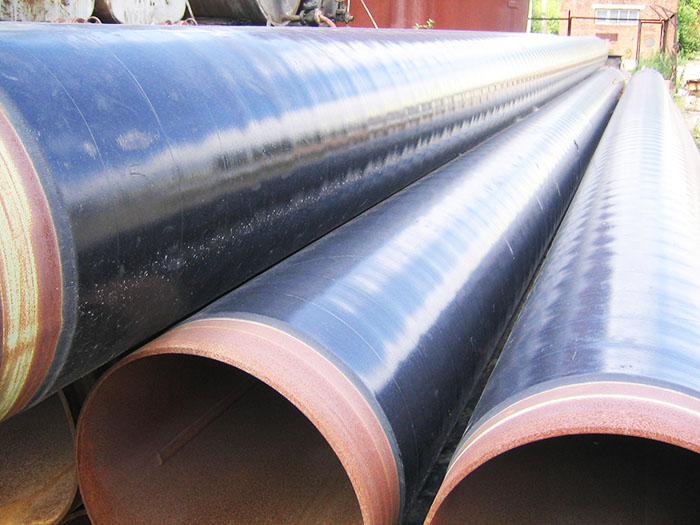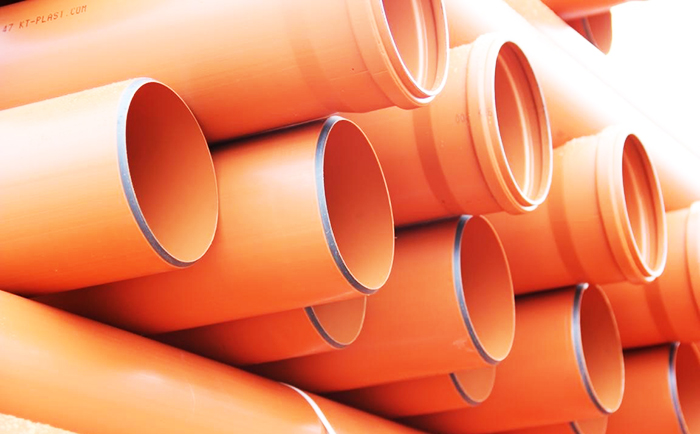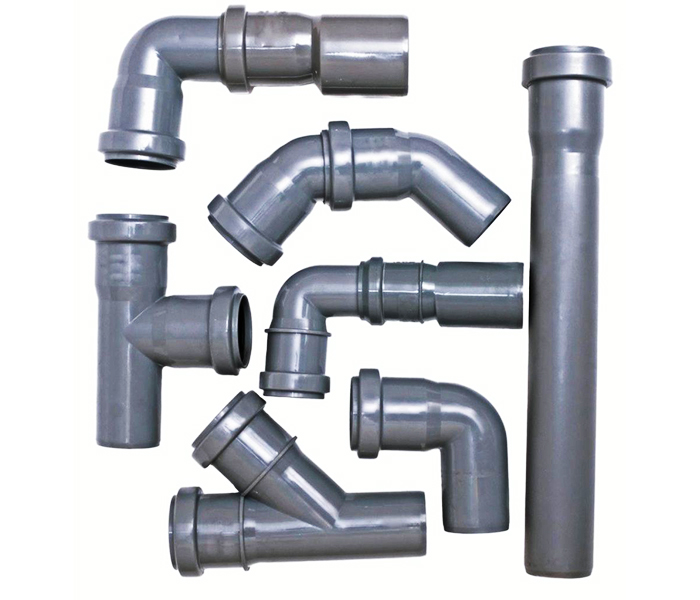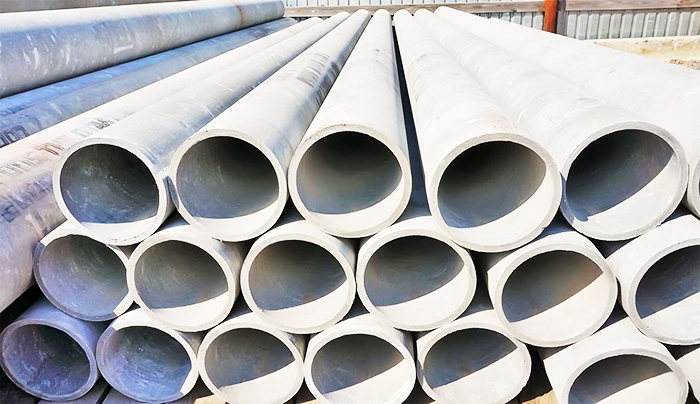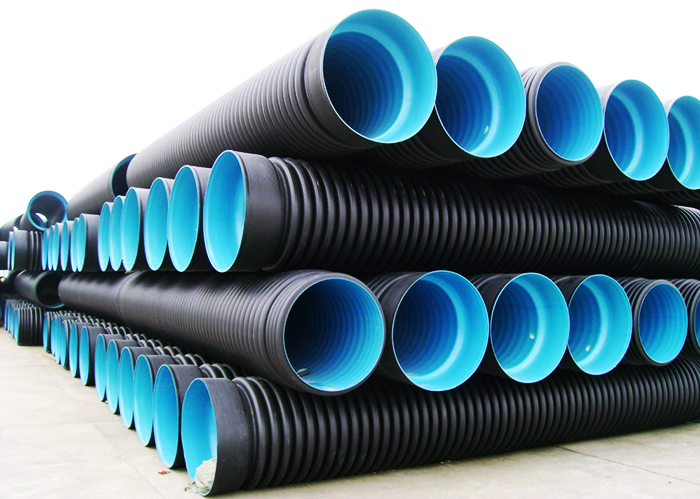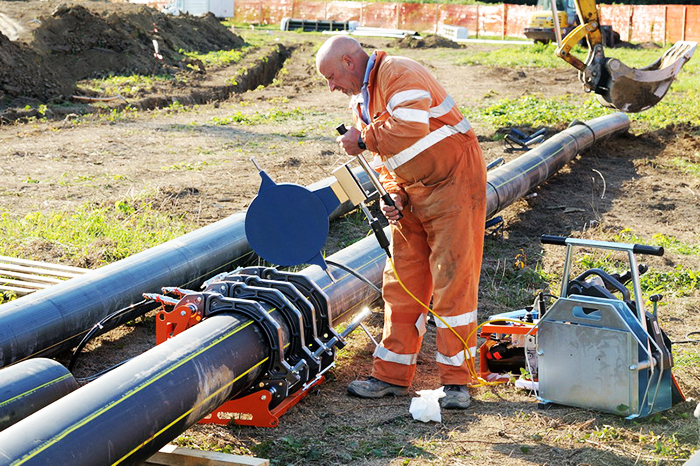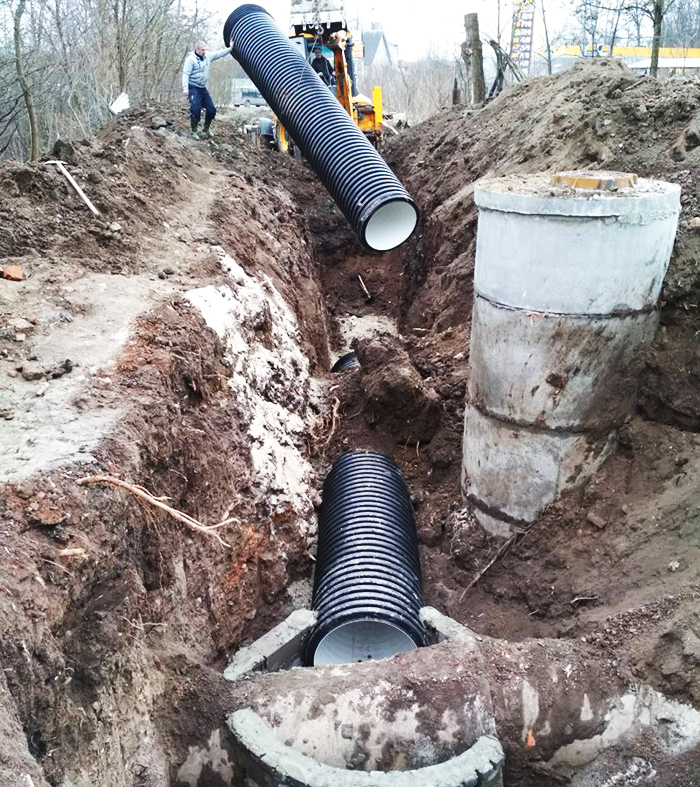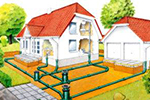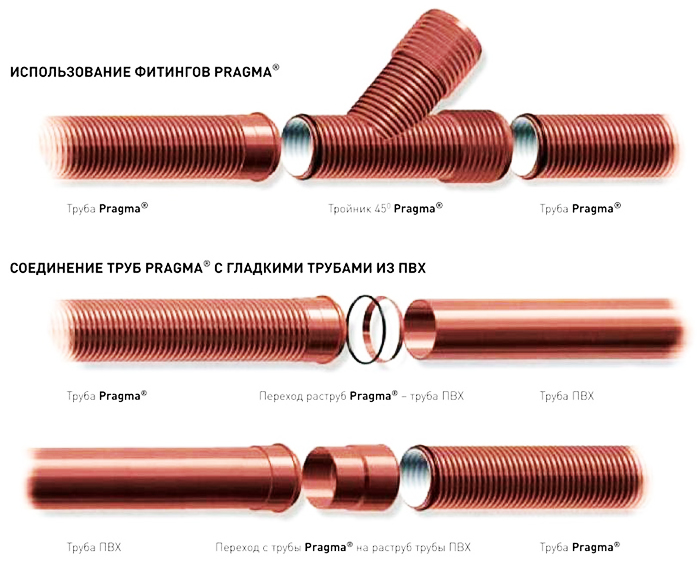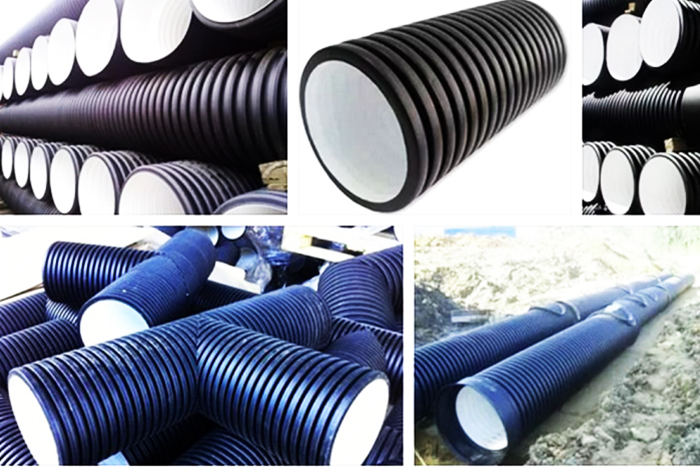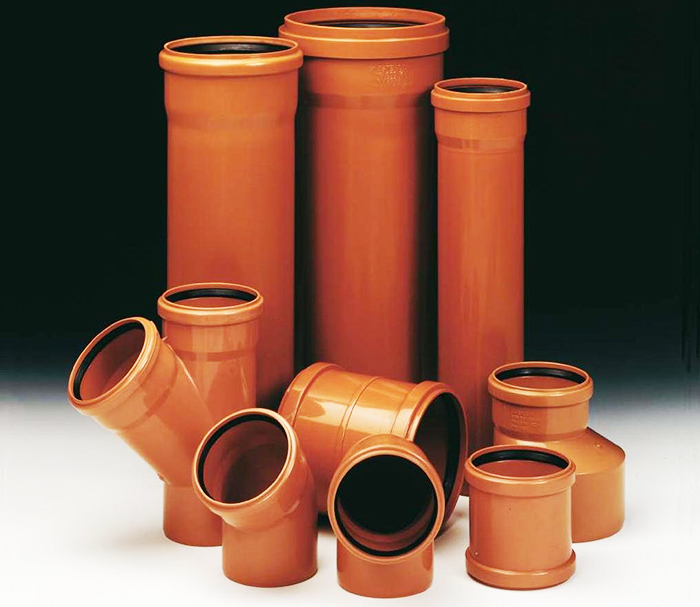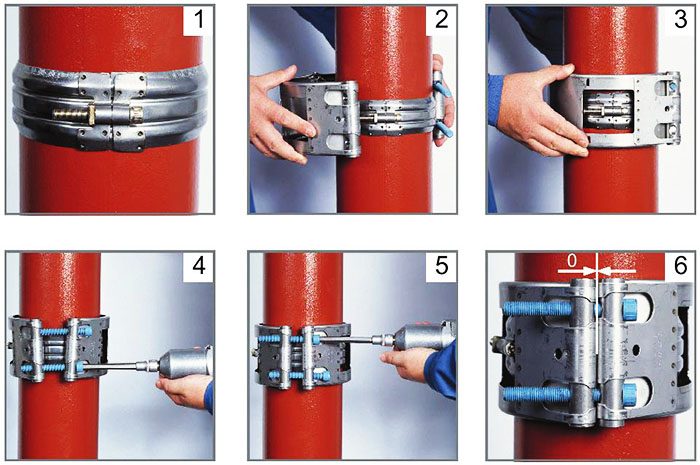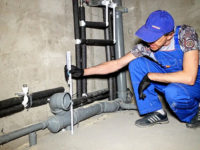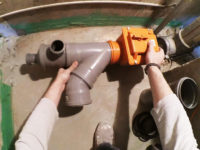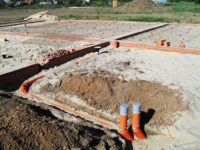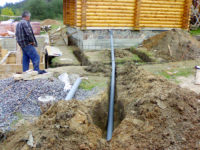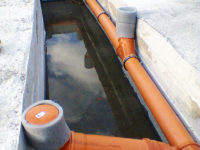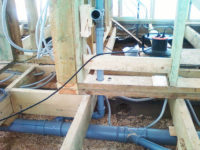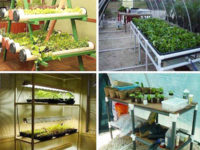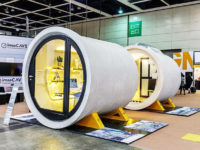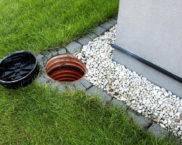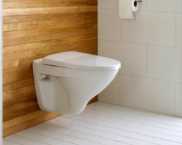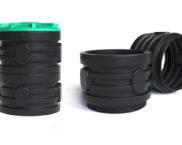The choice of pipes for sewage: types, sizes, features of use
Pipes are one of the main structural elements sewerage systems... Until recently, they were too cumbersome and heavy to be installed by the DIYer. But, due to the widespread use of polymers, the nomenclature of materials and standard sizes of pipes and fittings has expanded significantly. New technologies and tools have appeared for the reliable connection of pipeline joints. However, users have a new problem - the choice of pipes for the sewage system by type and size, and most importantly, by material of manufacture. In this article, we will list the technical and operational characteristics, advantages and disadvantages of the main types of sewer pipes. We will give advice on how to choose the diameter in accordance with the standards, as well as make a small overview of the most reliable, proven manufacturers.
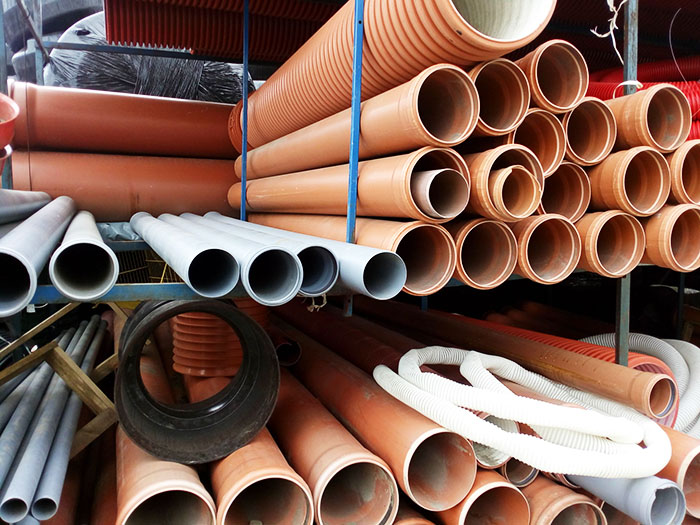
There is a wide variety of sewer pipes, and it is rather difficult to choose the best option in each specific case.
PHOTO: strong-k.ru
The content of the article [Hide]
Varieties of sewer pipes requirements for them
There are several criteria by which the selection of material for sewer pipes is made:
- High strength and carrying capacity. Sewer cleaning the case is extremely unpleasant. Only a pipe break can be worse. To avoid systematic (frequent) maintenance and emergency situations, it is necessary not only to carry out the installation in accordance with the current regulations, but also to select the appropriate diameter.
- Durability. The service life of the sewer system directly depends on the pipe material. In particular, its ability to withstand aggressive external influences.
Based on the listed requirements, you can specify a list of performance characteristics that the pipe material and the product itself must meet:
Steel
Steel pipes used in sewer systems are made from so-called black steel - GOST 8732–78 and GOST 10704–91. They are connected by welded or threaded method. As a rule, the range of sizes is limited to products of medium and large diameters from 100 mm and above. They are used in pressure sewer (main) networks, for transportation of household and industrial wastewater.
Benefits:
Disadvantages:
Cast iron
Until recently, cast iron pipes were the most common in both industrial and domestic sewer networks. Like steel, they are produced in medium to large diameters from 100 mm to 400 mm. Standard length - 3000 mm, wall thickness - from 4 mm (GOST 6942–98). They are divided into two types by functionality:
- SMU - both ends smooth, welded or coupled.
- SME - has a detachable connection, one end with a socket, the other is smooth.
Benefits:
Disadvantages:
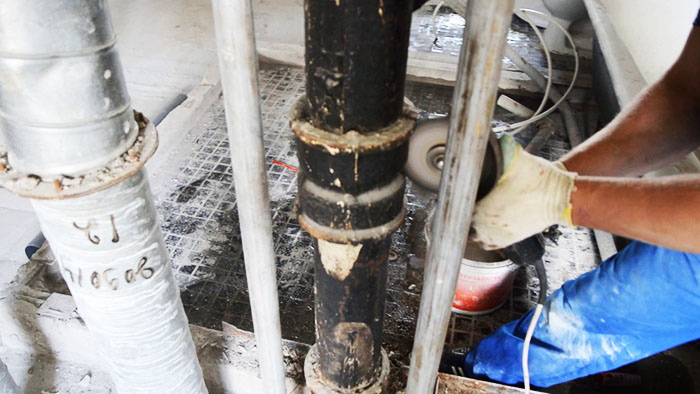
Traditional pipes for a sewer riser in an apartment building are made of cast iron
PHOTO: nord-camping.ru
Polyethylene
Conventional medium-pressure polyethylene (PSD) is of little use for the production of sewer pipes. It has a high coefficient of thermal linear expansion, as well as a narrow operating temperature range of -40 ° C ... + 40 ° C. Therefore, it is recommended to use pipes made of low pressure polyethylene - HDPE and high pressure - LDPE for domestic sewage. Despite the different production methods, the performance characteristics and the advantages and disadvantages of these two types of polyethylene are quite similar. They are produced in a wide range of standard sizes for the internal system 50-110 mm free-flow, for the external system up to 400 mm. Pressure ones withstand from 5 to 20 atmospheres. Technical requirements GOST 22689.2-89.
Benefits:
Disadvantages:
Polypropylene
Polypropylene pipes They are characterized by increased resistance to biological corrosion and aggressive chemicals. Products of small diameter up to 100 mm are used for internal systems.For the external pipeline, special two-layer structures with an external corrugated layer (diameter up to 1200 mm) are used, which gives the product additional strength. Regulatory requirements TU 4926-002-88742502-00.
Benefits:
Disadvantages:
Polyvinyl chloride (PVC)
PVC pipes are used in gravity and pressure sewerage systems, both domestic and industrial. Depending on the accuracy class, they are marked as follows:
PVC pipes for pressure sewerage are standardized by GOST R 51613 - 2000. They have 13 standard sizes with an inner diameter of 63 mm to 315 mm. For gravity sewer systems, a separate building standard VSN 48 - 96 is used. The range of standard sizes is rather limited: 50, 90, 110 mm with a length of 0.5 to 8 m and a wall thickness of 3.2 mm.
Benefits:
Disadvantages:

Asbestos-cement and concrete
Asbestos-cement concrete sewer pipes have a common area of use, as well as similar advantages and disadvantages. Most often they are used in outdoor gravity systems and in large highways. Manufactured in large diameters up to 1200 mm. Strength characteristics correspond to the following standards: concrete - GOST 6482-88, asbestos-cement - GOST 1839-80.
Advantages:
Disadvantages:
Ceramic
Ceramic pipes, as a rule, are used to organize sewage systems in enterprises with aggressive drains containing chemically active elements. Technical parameters must comply with GOST 286–82. Diameter (up to 1200 mm) allows their use in highways with high-intensity wastewater traffic.
Benefits:
Disadvantages:
How to make the right choice of pipes for sewage by size and type
When choosing sewer pipes, they are guided, first of all, by the area of their use and the type of sewer system.
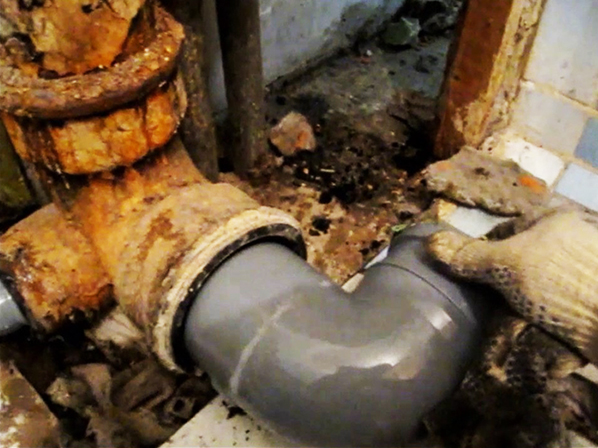
Plastic pipes are produced in the same standard sizes as cast iron and are quite compatible
PHOTO: i.ytimg.com
They are required to:
All these criteria are met by PVC-U or HDPE pipes, although cement pipes are still quite common. The main parameter of a pressure sewer pipe is the maximum pressure of the working medium - MOP.
Related article:
Diameter selection
The range of pipes used for the arrangement of domestic sewage systems is rather narrow and fits in the range of sizes from 40 mm to 220 mm. In accordance with the current building codes, as well as the recommendations of the manufacturers, the following diameters are used:

Polymer pipes are distinguished by an especially wide range of standard sizes, which is associated with the manufacturability of their manufacture
PHOTO: ua.all.biz
Manufacturers
Special attention should be paid to the quality of pipe manufacturing. As a rule, all defects are immediately visible on the surface of the product, but sometimes the material of manufacture does not correspond to the declared specifications, which sharply reduces the duration of operation. It is recommended to use the products of the following manufacturers:
Below are photo examples of the use of sewer pipes made of various materials
- PHOTO: i.ytimg.com
- PHOTO: i.ytimg.com
- PHOTO: stroyklim.com
- PHOTO: kanalizaciya-prosto.ru
- PHOTO: santechsystems-21.ru
- PHOTO: trubovar.ru
Non-standard use of sewer pipes.
- PHOTO: i.pinimg.com
- PHOTO: i.pinimg.com
- PHOTO: i.pinimg.com
- PHOTO: i.pinimg.com
You can additionally study the features of the choice of sewer pipes and their classification by reading the proposed video.
Pipes for external and internal sewerage: video




